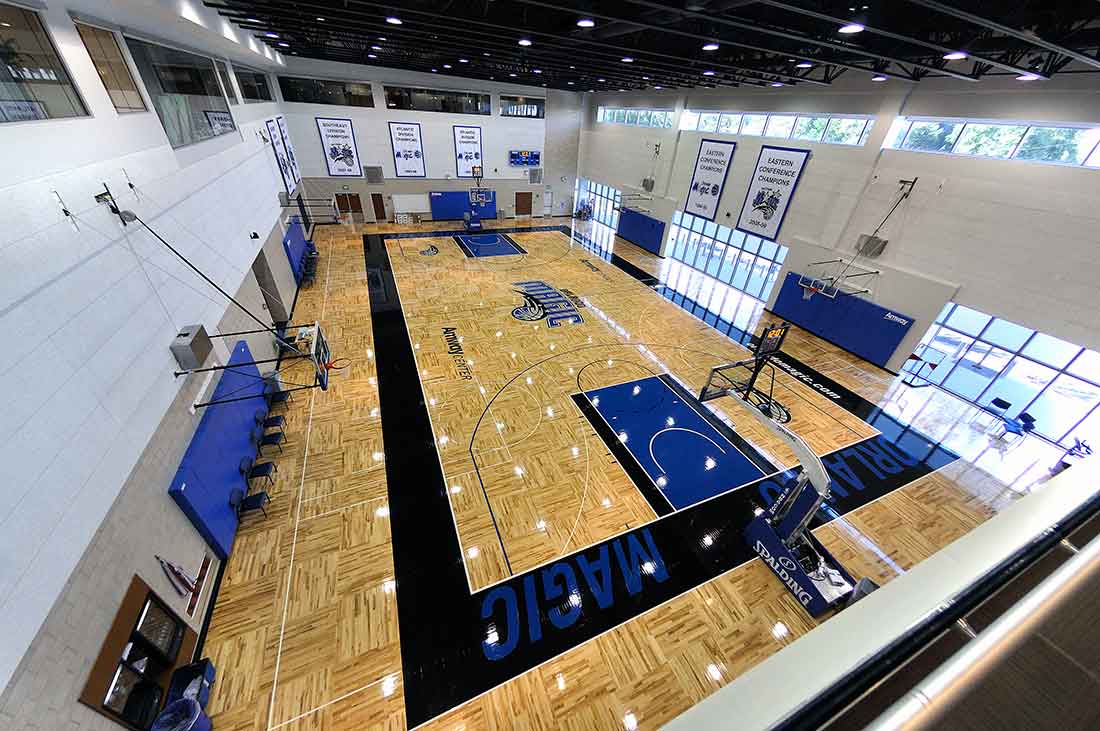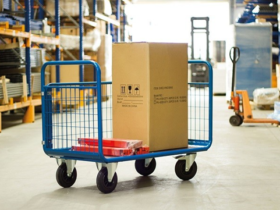A hardwood sports floor surface is linked with athletic performance. In fact, it is the science behind the relationship. Engineering flooring systems are designed to meet the needs of athletes playing in today’s courts taking into account several crucial factors.
Facility managers are given these established criteria to help in guiding their decisions regarding sports flooring.
The choice of hardwood sports flooring materials greatly impacts success on the court. Given the given traits of hardwood courts, such as resilience, durability, flexibility and athletic performance is enhanced. Additionally, hardwood sport floors are also low maintenance.
The following are some of the feature of hardwood sport floors;
- Shock absorption
Maple hardwood allows for maximum shock absorption besides being a durable wood. It is a key to athletic performance. Shock resistance measures the floor’ s response to athletic impact.
The impact sustained by concrete flooring is compared to the force reduction in hardwood floors.
Hardwood sports floors with proper shock absorption characteristics are suitable for various sports, such as dance, basketball, volleyball and aerobic training. It is essential to remain resilient despite heavy tear and wear is a trait of hardwood sports floors with high shock resistance.
- Basketball rebound
The level of shock absorption of a sports floor impacted by the ball rebound. The bounce of a ball is crucial in many sports, including basketball. Basketballs are always used to test how an inflated ball bounces off the floor.
- Surface friction
An amount of surface friction is needed in a variety of sports where players will slide on the hardwood court, see all sport floors here. Inadequate surface friction will lead to athletes accidentally slipping across the gym floor. In contrast, excessive surface friction poses as an issue to players.
The finishing on the hardwood floor plays a vital role in how much surface friction the court can handle. A dry floor is always used to test the level of surface friction on a polished floor. The surface friction should meet the necessary standards that are considered to be non-hazardous.
- Vertical deflection
The gym floor’s downhill movement can be measured during an athlete’s impact. For example, zero deflection happens when a person jumps into a concrete floor. In comparison, a vertical deflection of a few inches will result when a player jumps on a trampoline.
- Area deflection
Area deflection refers to the measurement of energy dispersed. Under an athlete’s impact, the area deflection handles the floor’s capacity of containing the deflected area. Area deflection characteristics are very dependent on the preferences of players and coaches.
Closure
The uniformity of the above traits of a hardwood sports floor ensures that there is consistency during athletic games. A 50 percent minimum average contains shock absorption. Basketball rebound has a 93 percent minimum average. Surface friction is at a 0.6 percent minimum. Vertical deflection is at a 2.3 millimeter minimum average.
Finally, area deflection is at 20 percent maximum for all test points.










